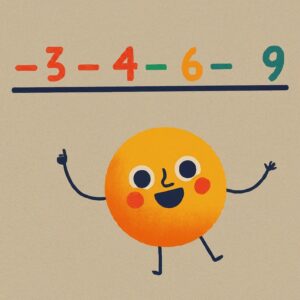As a parent deeply involved in early learning, I understand the challenge of balancing guided activities with independent play. Many parents worry that unsupervised moments mean missed learning opportunities, but the opposite is often true. Independent play fosters creativity, problem-solving, and self-regulation — all essential skills for young learners.
At home, I’ve seen firsthand how allowing my daughter space to explore builds her confidence. Open-ended toys like building blocks, art supplies, or even safe household items such as measuring cups encourage experimentation. Rotating toys regularly also maintains curiosity, providing new stimuli without overwhelming choices.
It’s equally important to create an environment that supports independence. A child-sized table with accessible materials invites children to take the lead. I recommend establishing simple routines: for example, setting aside 20 minutes each morning for your child to choose an activity on their own. This teaches decision-making and responsibility in a gentle, age-appropriate way.
Of course, balance matters. While independent play is valuable, occasional check-ins reassure your child and provide opportunities to extend their learning. If I notice my daughter stacking blocks, I might later ask, “What were you building?” to encourage reflection.
Lastly, for tech-savvy parents like us, select apps designed to promote independent exploration rather than passive viewing. Look for features like interactive storytelling or creative tools that let children make choices and see outcomes.
Incorporating independent play into your daily routine not only nurtures your child’s development but also gives you space to observe how they learn best. Remember, you’re not stepping away from their growth — you’re giving it room to flourish.


